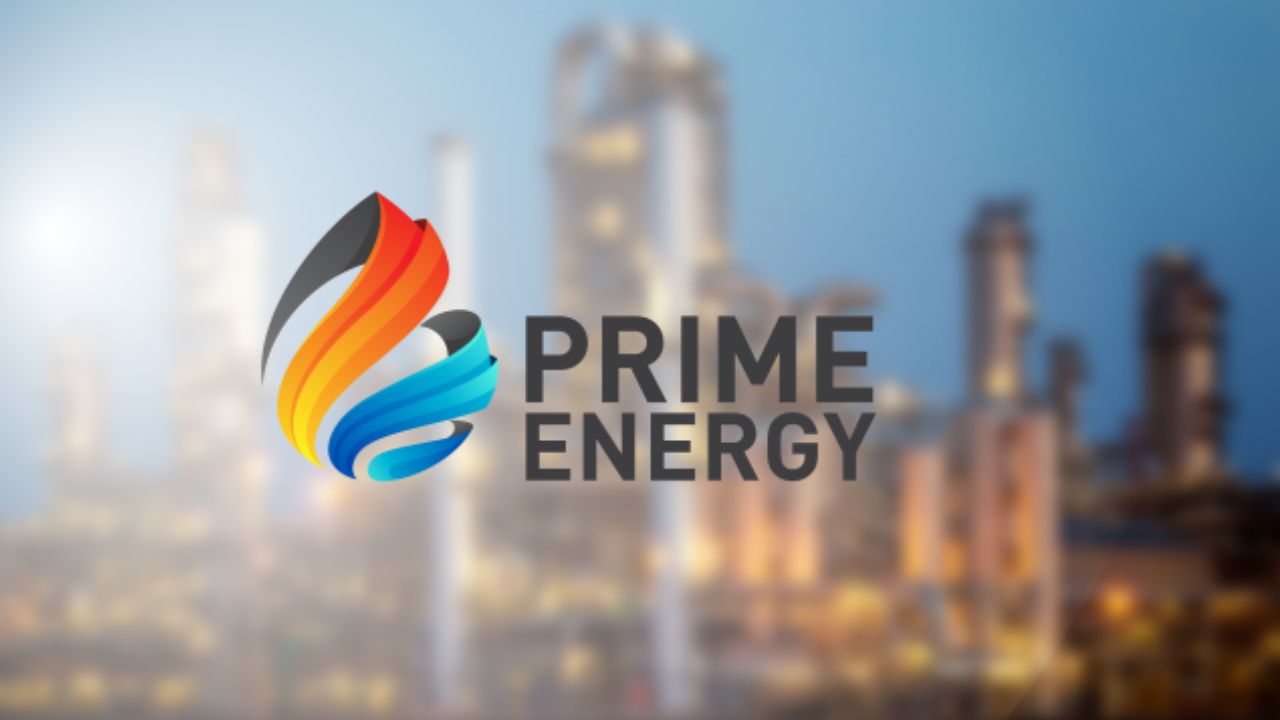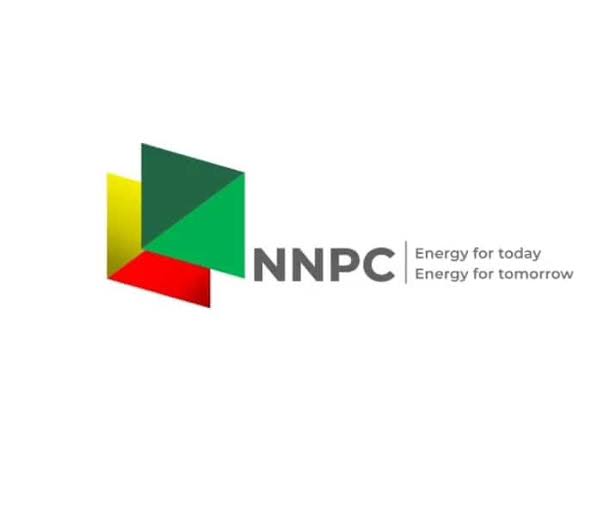
Bonded together, they form hydrocarbons. Dating back to antiquity, this is what humanity has burned to unlock the energy that has allowed our species to thrive. Wood heated our shelters and cooked our foods.
Coal fueled our power plants to electrify much of civilization. Oil provided an energy-dense fuel to move us rapidly from place to place. Over time, humanity has transitioned from hydrocarbons with a high proportion of carbon to ones with more hydrogen – truly " .
" The beauty of this evolution is that our energy sources have grown much, much cleaner over time. When burned, hydrogen transforms into water vapor and heat. The more hydrogen utilized in our energy mix, the better life is for living things on Earth.
For hundreds of years, the energy transition from C to H proceeded in earnest. Coal mostly supplanted wood in the U.S.
around 1900 and in the world around 1935. , progressing up the hydrogen ladder. But unfortunately, around 1970, the steady escalator to cleaner fuels abruptly ceased.
, Director of the Program for the Human Environment and Senior Research Associate at The Rockefeller University in New York City, the disconcerting trend. " ," he said in a talk given earlier this summer. RealClearScience reached out to Ausubel to ask why he thought this happened.
He primarily attributed the unfortunate pause to a "failure of nuclear energy to gain expected market share." In the 1980s, 46 nuclear reactors came online in the U.S.
Since then, just eight have joined the fleet, while many more have been decommissioned. Misinformed nuclear opposition from environmentalists, coal industry protectionism, and marketing missteps by natural gas companies all factored in, he added. As seen in the figure above, the C to H energy transition has once again resumed in the United States, of cheap natural gas and a corresponding decline in coal power since 2010.
What needs to happen next? According to Ausubel: By Zerohedge.com.














